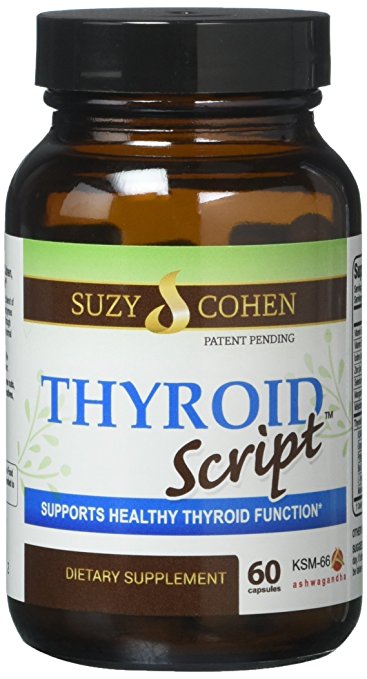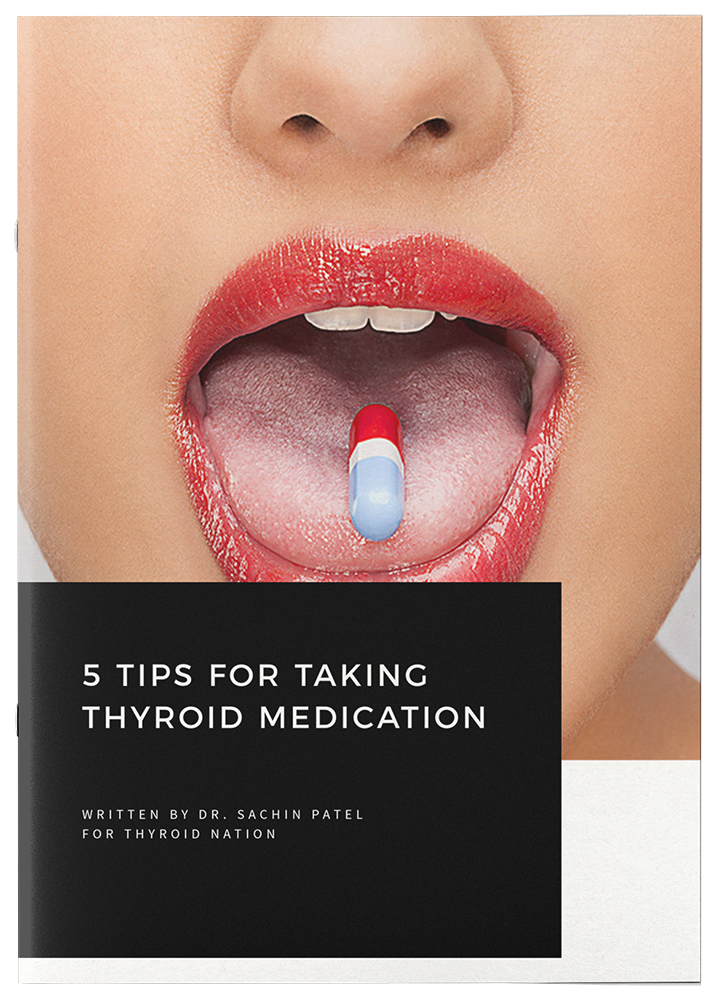
Dr. Joseph . Collins, RN, ND
Guest
Thyroid Nation
Ideal Group of Thyroid Tests
When assessing thyroid function, it is critical that the tests be done properly. Incomplete tests can result in making decisions that are based on incomplete information. The following is a list of lab tests that will completely evaluate thyroid function. Doing only part of these tests provides only part of the information. Once we all understand what each test is telling us, and why it is important, there should be no problem getting these tests done.
Lab Tests to Properly Evaluate Thyroid Function
- TSH (thyroid stimulating hormone)
- Free T4 or Total T4 (thyroxine)
- Free T3 or Total T3 (triiodothyronine)
- Reverse T3 (reverse triiodothyronine)
- Anti-thyroid peroxidase antibodies (anti-TPO)
- Anti-thyroglobulin antibodies (anti-TG)
Collectively, these tests measure:
Look Beyond “Normal”

Percentile Analysis & Quartile Analysis
- Percentile Analysis = (PV-LR) / (HR-LR) x 100
- PV = Patient Value
- LR = Low Reference Range
- HR = High Reference Range
A Cautionary Note on TSH

Optimal Ranges

Ratio Analysis
Free T3 : Free T4 Ratio
Patients with Metabolic syndrome patients had lower FT3/FT4 ratio. They also had higher fasting blood glucose, higher triglycerides, higher systolic and diastolic blood pressure and lower HDL-cholesterol. [4] A higher FT3/FT4 ratio is associated with decrease risk of death in patients with dilated cardiomyopathy [5], and increased ejection fraction in patients with congestive heart failure [6].
Free T3 : Reverse T3 Ratio
Avoiding Inconclusive Tests
About the Author
 Dr. Joseph J. Collins, RN, ND – President of Your Hormones Inc. His naturopathic practice has always focused on an integrative approach to healthcare, with an emphasis on endocrinology and cellular signaling, with an integrative and functional approach. His practice encompasses adrenal, thyroid and glycemic function, as well as women’s hormone health and men’s hormone health through support of optimal cellular signaling, which he supports with foods, nutrients, phytotherapies, essential fatty acids, co-enzymes, adjuvant therapies and systemic enzyme therapy. By training, he is both a Naturopathic Physician and a Registered Nurse and is licensed as a Naturopathic Physician by the state of Washington. He graduated in 1993 with a Doctor of Naturopathic Medicine degree from the National College of Naturopathic Medicine in Portland, and has been licensed as a Naturopathic Doctor (ND) since 1993. Check out his website at YourHormones.com, follow him on Twitter and Facebook.
Dr. Joseph J. Collins, RN, ND – President of Your Hormones Inc. His naturopathic practice has always focused on an integrative approach to healthcare, with an emphasis on endocrinology and cellular signaling, with an integrative and functional approach. His practice encompasses adrenal, thyroid and glycemic function, as well as women’s hormone health and men’s hormone health through support of optimal cellular signaling, which he supports with foods, nutrients, phytotherapies, essential fatty acids, co-enzymes, adjuvant therapies and systemic enzyme therapy. By training, he is both a Naturopathic Physician and a Registered Nurse and is licensed as a Naturopathic Physician by the state of Washington. He graduated in 1993 with a Doctor of Naturopathic Medicine degree from the National College of Naturopathic Medicine in Portland, and has been licensed as a Naturopathic Doctor (ND) since 1993. Check out his website at YourHormones.com, follow him on Twitter and Facebook.PLEASE also ‘Like’ Thyroid Nation on Facebook and Follow us on Thyroid Nation RADIO, Twitter and Periscope.
How many of you have a thyroid disorder and aren’t sure about normal ranges and testing? Let us hear your story. You just may help someone else who is facing similar issues.
Help Thyroid Nation create awareness for thyroid disease by sharing this with friends and family….



